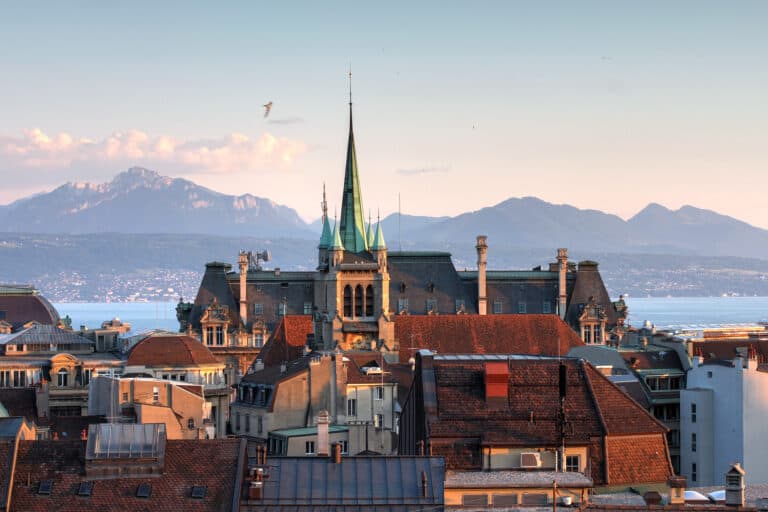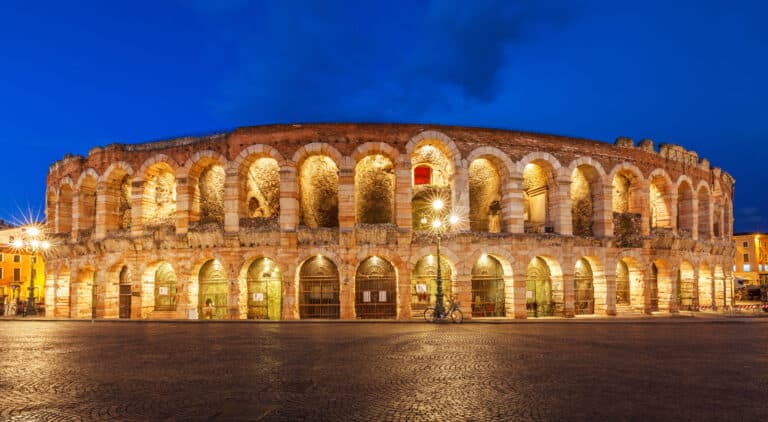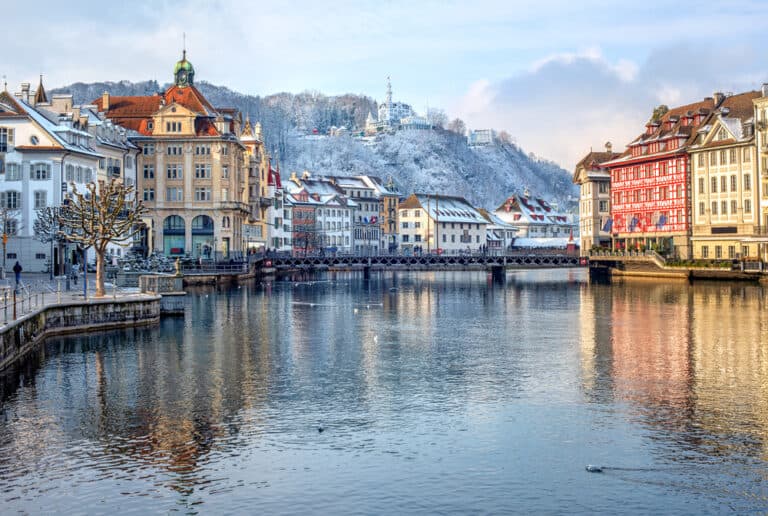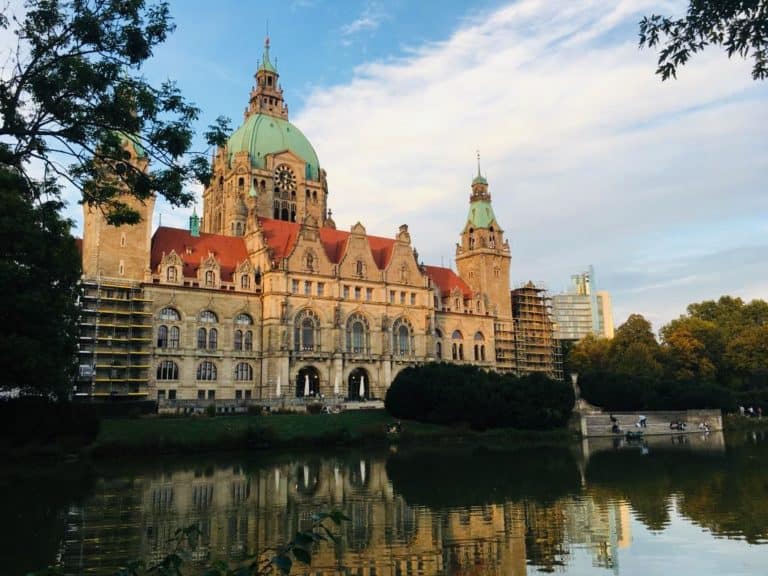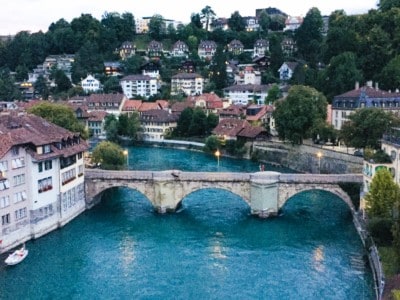The perfect itinerary for one day in Berlin (2022)

Berlin, Germany’s capital, is a beautiful and vibrant city that has something to offer everyone. It is also Germany’s largest city, so you might think it’s not possible to see the main sights in just one day in Berlin. But you can!
Even if you can only have one or two days here, this is enough time to see the main landmarks and learn about the city’s fascinating and chequered history.
For history buffs, there are countless museums and historical sites to explore, most significantly the remnants of the Berlin Wall, Checkpoint Charlie, and the Brandenburg Gate. And for those who enjoy spending time outdoors, Berlin has parks, walking tours, and a lovely river to sail along.
Whether you’re interested in exploring the city’s past or present, there is no shortage of great things to do and see.
Below I have suggested the sights that I think are must-dos if you only have one day in Berlin. These are based on a short trip I took to the city.
I’ve also included some practical information to help you plan your day if this is your first time in the city.
This post contains affiliate links
How to get into Berlin
The main airport in Berlin is Berlin Brandenburg airport. This is less than 30 kilometres from the city centre.
There are several ways to get from the airport to the city centre. The most practical option is to take the train, which takes just over half an hour.
Another option is to catch the bus. This takes a bit longer but is usually cheaper. You can also take a taxi.
Berlin is also well connected to other German and European cities by train if you want to combine it with trips to other nearby places.
How to get around Berlin
Although Berlin is a big city, it’s really easy to get between the main sights. It has an extensive public transportation system that includes the S-Bahn (commuter trains), U-Bahn (underground trains), buses and trams.
Most of the sights on my one day Berlin itinerary are also walkable.
One of the best things to do, however, especially if you are short on time, is to purchase a ticket for the Berlin hop-on/hop-off bus.
This is a great way to see a large number of sights in a short space of time.
If you are in the city for longer, it is also a good idea to buy the Berlin ‘Welcome Card’. The card gives you travel around the city and discounts at various attractions and landmarks.
Click here for more information on the Berlin Welcome Card.
You can also book sightseeing boat trips of varying durations.
And for a walking tour of the main sights in Berlin, click here.
The best time to visit Berlin
Berlin has a very rich and fascinating history and there are plenty of things to see and do, regardless of the time of year that you visit.
However, there are a few things to keep in mind when planning your trip. If you’re interested in outdoor activities, the best time to visit Berlin is between May and September, when the weather is warm and comfortable for sightseeing and exploring.
If you’re more interested in visiting museums – and there are plenty of these – winter is also an excellent time to come. This time of year would also be a good option if you want to visit when the city is less crowded and there are fewer tourists.
Christmas is another good time to visit Berlin. There are several Christmas markets in the city if you are looking to get into the festive mood. Check out this website for more details.
Berlin weather
Berlin’s climate is characterised by warm summers and mild winters. Temperatures can be in the mid-20s in centigrade in the summer months (July and August), but with averages in winter of around 2 or 3 degrees centigrade.
The city can experience plenty of rain at times (the wettest month tends to be June) so make sure you pack your raincoat if you’re visiting during the wetter months.
One day in Berlin
With only one day in Berlin, there are some essential things to put on your itinerary. I’d also advise starting early to ensure you can see as much as possible during your day out.
Below is my itinerary for a full day out in Berlin to help you make the most of your short time here.
Your one-day Berlin itinerary
One day in Berlin
Morning: Start by walking up the Unter den Linden to the Brandenburg Gate in Pariser Platz. Head to the Reichstag Building by the River Spree (pre-book tickets or a tour to go inside). Walk to the Holocaust Memorial and then take a short wander through the Tiergarten, Berlin’s largest park.
Lunch: Stop off for lunch in one of the cafes or restaurants in Potsdamer Platz.
Afternoon: Walk to Checkpoint Charlie and go into the Mauer Wall Museum. Then head to Museum Island to explore more museums and/ or the area (notable sights include the Berliner Dom and the Neue Synagogue). Alternatively, visit the Jewish Museum or the East Side Gallery.
Early evening: End your day in Berlin by taking in the views of the city from the Berliner Fernsehturm TV Tower and stop for some food in the restaurant. Hackescher Markt nearby is also a good place to grab a bite to eat at the end of your day.
Read on for more information for your day out
One day in Berlin: the top things to do
Below are the sights that I think are not to be missed when in Berlin.
The Brandenburg Gate
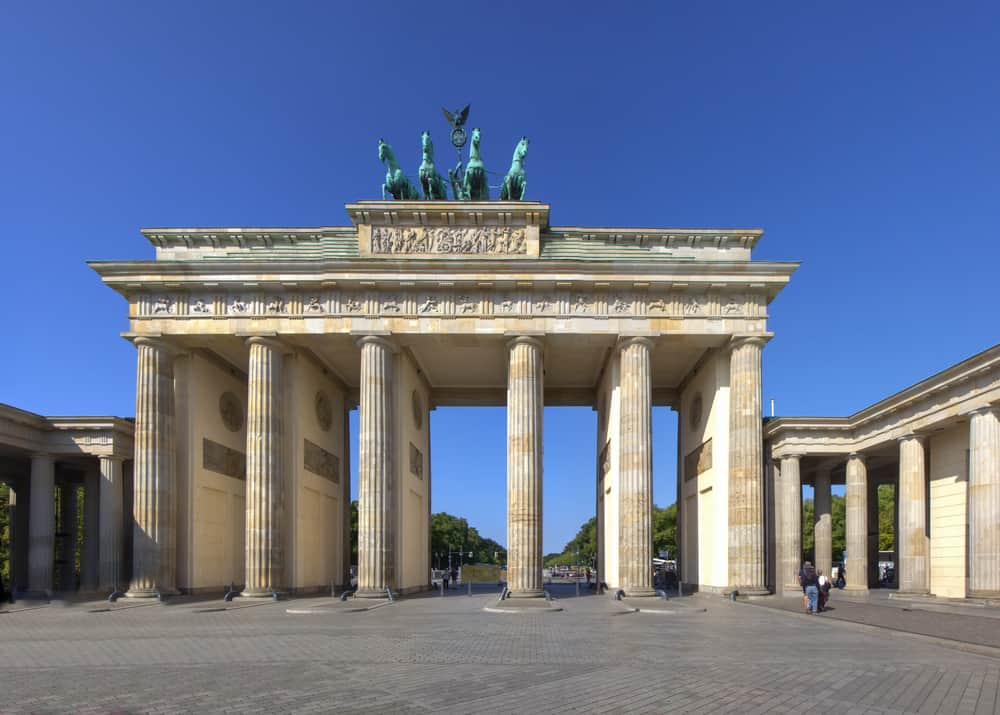
I’d suggest starting your day by heading to the Brandenburg Gate in Pariser Platz. This is in the Mitte area in the heart of the city, and is a great place for sightseeing.
Even if you have more than one day in Berlin, I’d suggest starting here on your first day. There are a lot of important landmarks in close proximity to the gate. and so it’s a good place to start your exploration from.
Several u-bahn stations nearby will help you get to this part of Berlin easily. From there, you can walk over to the Brandenburg Gate.
However, if you can, approach from Unter den Linden, a gorgeous tree-lined boulevard. From here, you’ll see the Brandenburg Gate up ahead. It’s one of the best places to get a view of this.
The gate is a beautiful monument. It stands 26 metres high and has a statute of a chariot and four horses on the top (Quadriga).
Commissioned in the second half of the 18th century by King Frederick William II of Prussia, the Brandenberg Gate was initially called the ‘Peace Gate’. During the Cold War, it became part of the Berlin Wall which divided the city.
When the Wall fell in 1989 at the end of the Cold War, it became a symbol of a reunified Germany.
It’s one of the most famous landmarks in Berlin and a must for your sightseeing list.
Pariser Platz
The Pariser Platz square itself is lovely and a perfect place to stop for morning coffee. It also has a few other grand buildings to see. These include the Palais am Pariser Platz, the French Embassy, and the American Embassy.
The luxurious Hotel Adlon Berlin, where the rich and famous stay in Berlin, is also in Pariser Platz. This is a recommended spot to stop for a drink – but be warned, it’s not cheap (I know from bitter experience!).
The Reichstag Building
After you’ve visited the Brandenburg Gate, make your way to the Reichstag Building.
This is just a short walk away and sits on the banks of the River Spree, which flows through the city. It’s another of the most famous sights in Berlin.

Built in the late 1800s, the Reichstag Building is the seat of the German Parliament. In 1933, it was badly damaged in a fire and was later bombed during the Second World War.
In the 1990s, it underwent a major renovation and now has a huge modern glass dome (designed by the British architect Sir Norman Foster) attached to the historic building.
You can take a guided tour of the dome and climb to the 23.5 metre high observation deck. There is also a restaurant on a lower level. Both provide a panoramic view across the city.
Note that if you want to go inside the Reichstag, it is a good idea to plan in advance, especially if you only have one day in Berlin. This requires registering online a few days before your visit.
However, if you don’t manage to get a ticket or don’t have time for this, it’s still worth wandering along and taking a look at this wonderful building from the outside.
The Holocaust Memorial
Not far from the Brandenberg Gate and the Reichstag Building is the Holocaust Memorial (officially the Memorial to the Murdered Jews of Europe).
This is situated on ground that had once been part of the Berlin Wall. It was designed by Peter Eisenman and completed in 2005 to commemorate the millions of Jews killed by the Nazi regime during World War II.
The monument covers 19,000 square metres and has within it over 2,700 concrete slabs arranged in a grid-like pattern. There is also an information centre underneath if you want to learn more about it.
I’d urge you to go to the Memorial and walk through it if you have time. It’s a powerful and moving reminder of the atrocities carried out during the Holocaust, and arguably no-one should visit Berlin without going here.
The Tiergarten
After seeing the Holocaust Memorial, take a quick stroll through the Tiergarten.
The Tiergarten is the city’s largest park (it’s over 200 hectares in size) and there are tonnes of things to do here. The most visible attraction is the massive Victory Column that marks the Prussian victory over Denmark in the 1860s.

There is also the Soviet War Memorial, and Schloss Bellevue, an 18th-century Presidential Palace. You will also find cafes, a tea house, and beer gardens.

Berlin Zoo is at the end of the Tiergarten. This is Germany’s oldest zoo, which, according to its website, is “home to the largest variety of species of any zoo in the world – including the only giant pandas in Germany”.
With only a day, you’re unlikely to have time to walk around the whole park and see everything. But if you’re in the city for longer or are planning to return during the summer, this is the perfect place to head for some fresh air.
The park is also a great place to visit if you’re looking for free things to do in Berlin.
Potsdamer Platz
After a quick walk in the Tiergarten, you should then walk back to Potsdamer Platz. This is a public square and transport hub in the heart of Berlin.
After being almost entirely destroyed during World War II, Potsdamer Platz was rebuilt in the 1990s. It now has shops, restaurants and entertainment facilities and so would be a good place to stop to grab a bite to eat for lunch: the Sony Centre has several places to choose from.
Checkpoint Charlie
After lunch, walk to Checkpoint Charlie to see the Berlin Wall border crossing that operated between East Berlin and West Berlin during the Cold War. Because of this, and the stand-off between tanks from the Soviet Union and the United States in 1961 which almost led to war, Checkpoint Charlie has become symbolic of the Cold War.
Today, it is a popular tourist destination in Berlin and a reminder of a time when the world was divided.
There is also a small museum here (the Mauer Museum or Wall Museum) that is worth visiting if you have time.
You will be able to learn a lot about Berlin’s history here, in particular the history of the Berlin Wall (including the chance to see some actual pieces of the wall) and the experiences of people who escaped from East Berlin to the west.
You can buy tickets for the museum here.

Museum Island
After seeing Checkpoint Charlie, head over to Berlin’s Museum Island (Museumsinsel). If you only have a day in Berlin and need to maximise your time, the best way to get here is to catch public transport. This will take you there in around 10 to 15 minutes.
The five museums
Museum Island is in the middle of the Spree River in the city. It is a UNESCO World Heritage Site and the location for five world-class museums that were built over a 100-year period from 1830: the Altes Museum, the Neues Museum, the Alte Nationalgalerie, the Bode Museum, and the Pergamon Museum.

The museums are dedicated to art and antiquities. The most famous is the Pergamon Museum which houses artefacts from the ancient Greek and Roman worlds.
You can buy a ticket to the Pergamon Museum here.
Berliner Dom and the Neue Synagogue
If you don’t have time to go around any of these museums, it’s still worth wandering through the island and looking out over the river.
The Berliner Dom (Berlin Cathedral) is nearby with its distinctive green dome on the top.
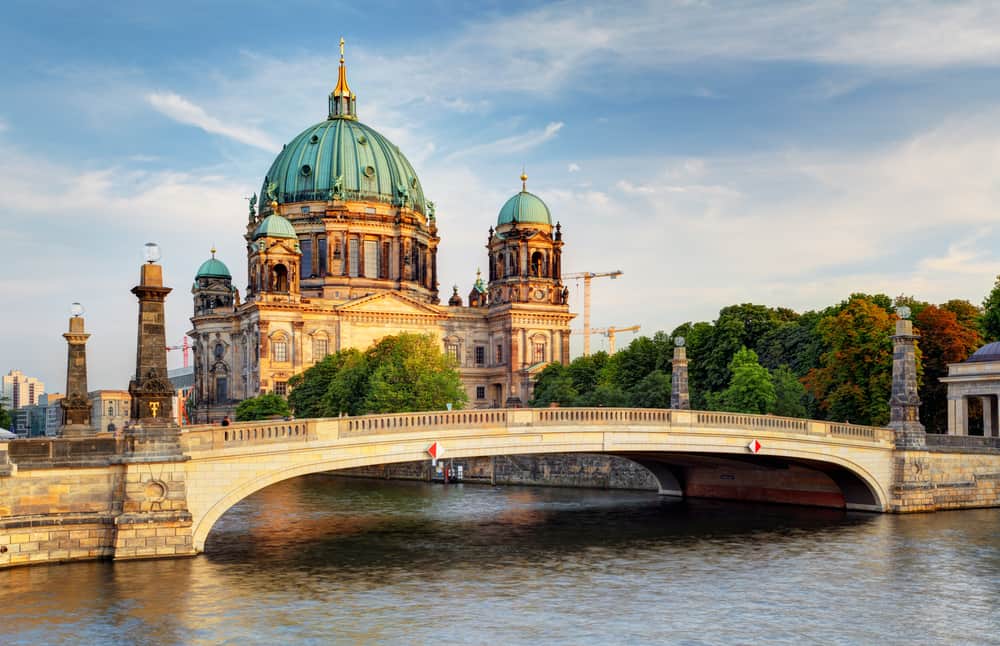
The Neue Synagogue is also a short walk away. This is the largest synagogue in the city and was reconstructed in the 1980s and 1990s after it suffered extensive damage during World War II. It is a beautiful building with an ornate blue and gold dome.
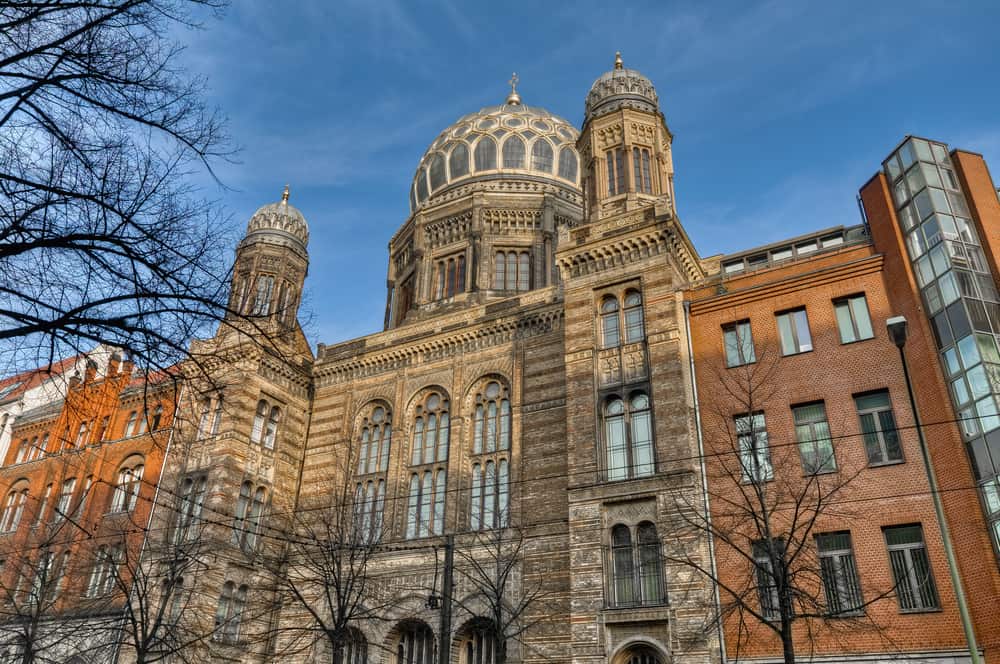
The Berliner Fernsehturm and Hackescher Markt
If you do spend the latter part of your day around Museum Island, then you could end your day at the nearby Berliner Fernsehturm (the Berlin TV Tower).
The TV Tower is another popular tourist attraction in Berlin. Standing at 368 metres tall, it was commissioned by the government in the former East Berlin, and offers panoramic views of the city from its 203 metre high observation deck. There is also a bar on this level.

The tower also has a revolving restaurant above the observation deck if you fancy combining your visit with a meal.
If this appeals, you can book entry to the observation deck here. Included in the ticket price is a window seat in the restaurant.
Alternatively, you could grab a bite to eat at the Hackescher Markt (Hacke’s Market) which is also near to Museum Island. This vibrant trendy square has shops, galleries, cafes, and restaurants, as well as bars and clubs.
Another area if you’re after some cafe culture and if you fancy exploring a regenerated area in East Berlin is Prenzlauer Berg.
The Jewish Museum
As an alternative to going to the art museums on Museum Island in the afternoon, and if you want to learn more about German history, you could head from Checkpoint Charlie on Lindenstrausse to the Jewish Museum. This is not far away in the Kreuzberg district.
The museum is one of the city’s most popular tourist destinations. You’ll see why if you visit.
It has a range of permanent exhibitions and collections on Jewish history and culture, with thousands of items and artefacts. These cover issues of Jewish life, developments in the modern world, persecution, and movement between countries.
The Jewish museum is fascinating and moving in equal measure with a design that helps to bring home some of the issues it covers (the modern architecture itself is also worth seeing).
The design includes three underground pathways that take you on different journeys. One of these takes you outside to the ‘Garden of Exile’. This commemorates the millions of Jews who were forced to flee their homes during the Holocaust.
Another of the pathways leads to a dead end and ‘The Holocaust Tower’.
I distinctly remember the ‘The Holocaust Tower’, such was the impact on me. It is a narrow, tall (24 metre high) concrete tower that a small group of visitors enter and get locked into for a short period of time.
It is cold, dark, and empty, and designed to give you a tiny sense (if that is ever possible) of what it would have been like to be imprisoned in such conditions by the Nazis.
The museum is a place that is a must when you’re in the city. There is a lot to be learnt here and I’m so glad I made the time to go.
The East Side Gallery
Alternatively, you could head out to the city’s East Side Gallery, a place that is essentially a Berlin Wall memorial.
The gallery is a 1.3 kilometre long section of the Berlin Wall next to the river that was transformed into an outdoor/ street art gallery in 1990. It features murals by artists from all over the world, each offering a unique perspective on the fall of the Berlin Wall and the reunification of East Germany and West Germany.
There is also a museum here where you can learn more about the history of the wall.
Other ideas for short European breaks
I hope this has given you some useful information for your trip to Germany’s capital city. You may also be interested in other ideas for short European breaks, including:
Enjoy! x

